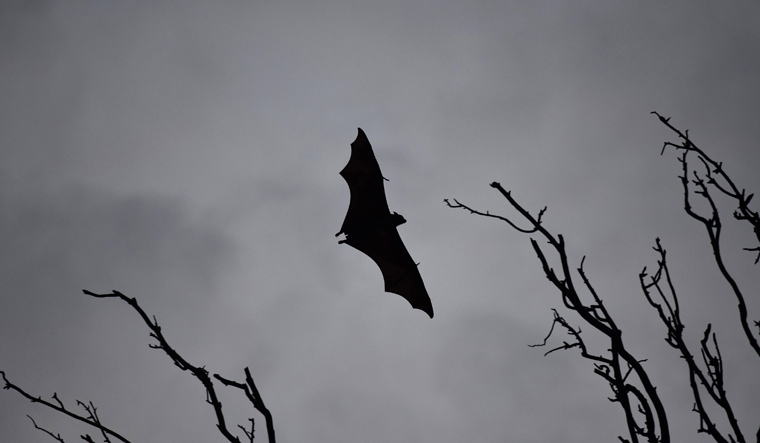Bats may be well adapted to wildfire, according to a study which surveyed the effects of burn severity of 17 species of the flying mammal in forests that experienced fires.
The researchers, including those from the University of California (UC) Davis in the US, said while many forest bats are adapted to dense spaces, and others with open habitats, they found that species from both groups preferred burned forests to unburned or minimally burned forests.
To understand how wildfire was affecting bat habitat, the researchers used an acoustic surveying technology with microphones that emitted very high frequency sound, and tracked patterns in the way bats communicated.
The recordings were converted into visualisations of bat calls, using which the scientists could identify the species present, and compare their occurrence rates to habitat conditions.
The study, published in the journal Scientific Reports, noted that while individual species responded to wildfire differently, the overall richness of bats increased from about eight species in unburned forests to 11 in forests that experienced moderate- to high-severity burns.
"Bats rely on forests for a number of resources. The key is recognizing that natural fire is useful to them because it creates a variety of habitat conditions," said study lead author Zack Steel, a postdoctoral researcher with UC Davis.
"They are adapted to it. Many species seem to actually benefit from fire," Steel said.
Steel believes this could be because decades of fire suppression created dense forests.
"Our forests are now so dense that even clutter-tolerant bats are preferring burned areas," he said. "There are big areas of forests that haven't seen fire in a century. When fires do occur, they create openings for these species," he explained.
The researchers said these openings are entry ways for bats to better find insects to eat, along with dead trees that provided a roosting habitat for some of them.



